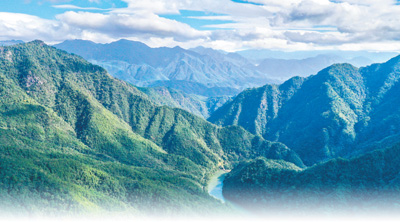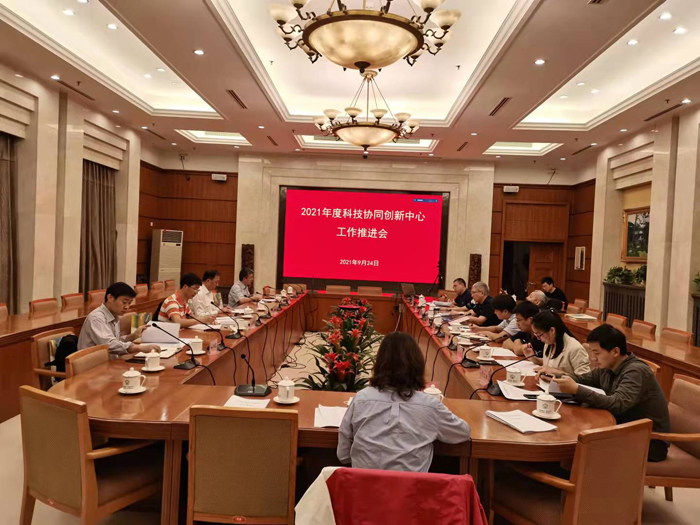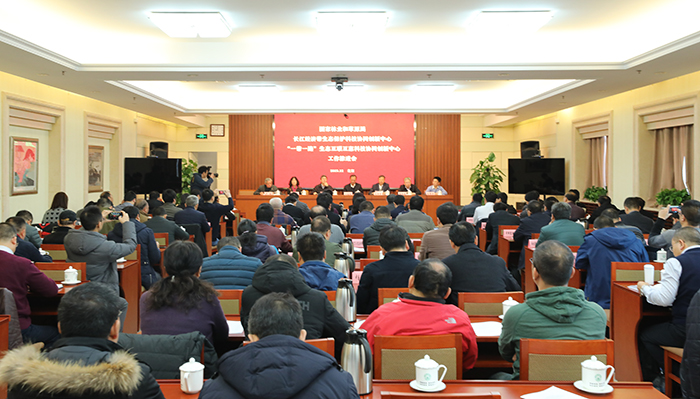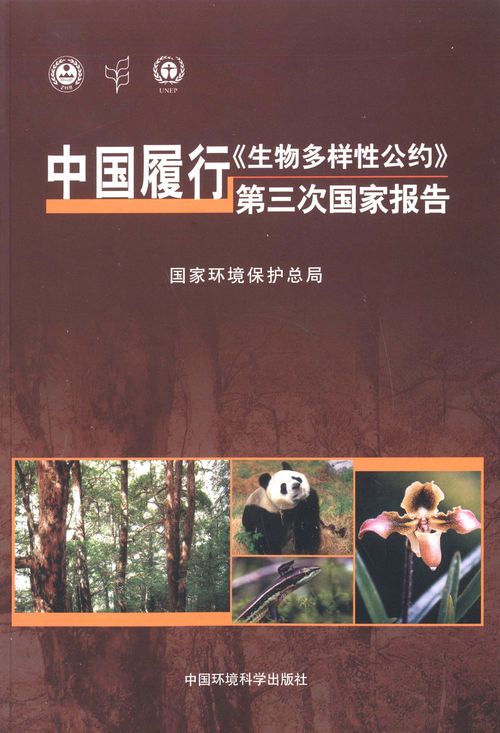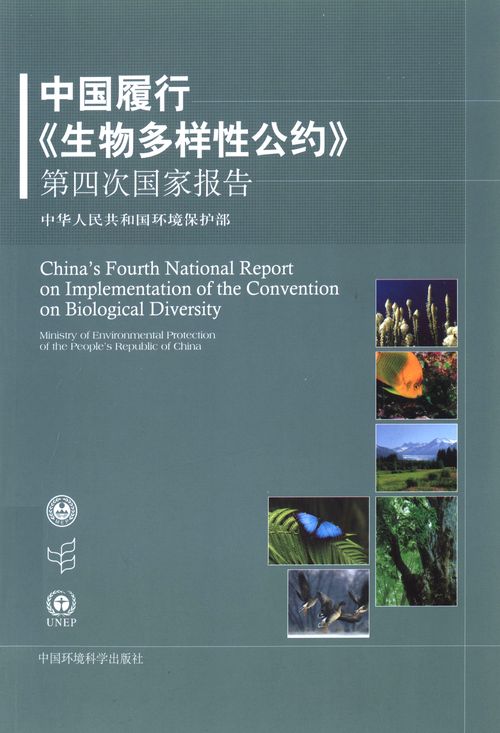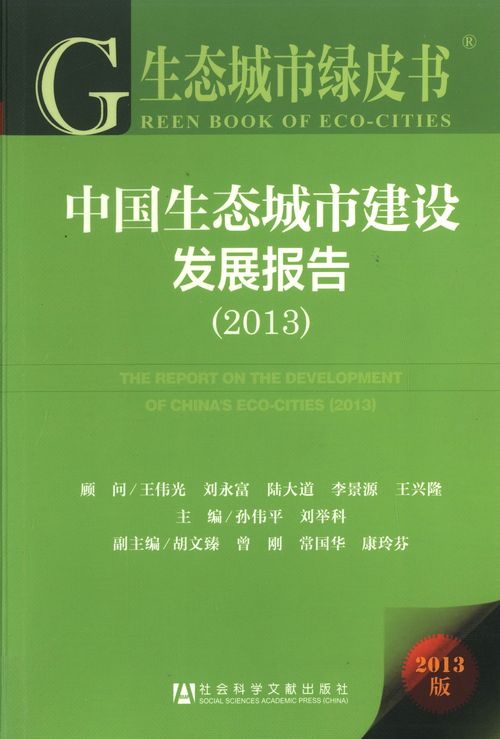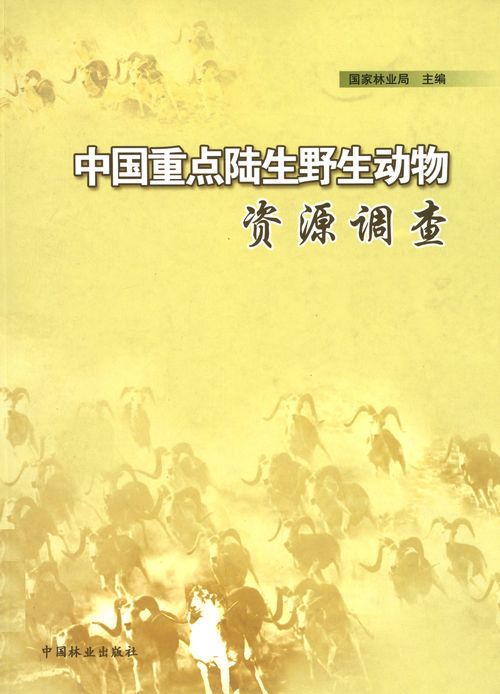
长江经济带国家级自然保护区内社区居民现状与发展对策
编号
lyqk008270


中文标题
长江经济带国家级自然保护区内社区居民现状与发展对策


作者单位
1. 北京林业大学自然保护区学院, 北京 100083;
2. 国家林业和草原局调查规划设计院, 北京 100714


期刊名称
世界林业研究


年份
2020


卷号
33


期号
3


栏目编号
2


栏目名称
各国林业


中文摘要
中国自然保护区多处于地理位置偏僻的贫困落后地区,且在有关法律条文规定下,居民对保护区内资源利用受限,特别是核心区和缓冲区中众多的社区居民给自然保护区管理带来压力,自然保护区保护与社区经济发展之间的矛盾日益凸显。文中通过对重点区域长江经济带国家级自然保护区内居民现状进行调查和分析,探讨不同类型自然保护区内社区居民人口密度、经济水平和自然资源依赖程度的差异,并针对自然保护区内社区发展存在的主要问题包括人口众多、经济水平受限等,提出降低保护区内人口密度、多形式提高居民收入、发展生态旅游和加强可持续经营管理等建议。


关键词
长江经济带
国家级自然保护区
社区
人口
收入
发展对策
中国


基金项目
国家林业和草原局野生动植物保护与自然保护区管理司项目“国家级自然保护区生态移民规划”。


英文标题
Current Status and Development Strategies of Local Community Living in Nature Reserves in the Yangtze River Economic Belt


作者英文名
Wu Jiajun, Xu Jiliang, Ma Jing, Tian Shan, Lu Shuai, Jiang Liwei


单位英文名
1. School of Nature Conservation, Beijing Forest University, Beijing 100083, China;
2. Academy of Forest Inventory and Planning, National Forestry and Grassland Administration, Beijing 100714, China


英文摘要
Most of nature reserves in China are located in the remote and poor areas. The utilization for natural resources by local people had been limited with the provisions of relevant regulations, while the community residents living in the core areas and buffer zone of nature reserves bring great pressure on the management of nature reserves, which cause the increasingly prominent conflict between nature protection and the community economic development. Through the investigation among the residents in national nature reserves in the Yangtze River Economic Belt, we discuss the differences in the population density, economic development level and the dependence on natural resources among the different categories of nature reserves. In view of solving the main problems of community development in nature reserves such as the large population and limited income, we also propose some relevant countermeasures, including: 1) reducing the population density in the nature reserves; 2) increasing the income of residents from multiple ways; and 3) developing ecotourism and strengthening sustainable management.


英文关键词
the Yangtze River Economic Belt;national nature reserve;community;population;income;development strategy;China


起始页码
80


截止页码
84


投稿时间
2019/8/9


最后修改时间
2019/10/8


作者简介
吴嘉君,江西上饶人,硕士研究生,主要从事自然保护区管理研究,E-mail:wjj3160696@gmail.com。


通讯作者介绍
徐基良,教授,博士生导师,主要从事动物生态及动物保护、自然保护区管理、生物多样性保护政策研究,E-mail:xujiliang@bjfu.edu.cn。


E-mail
徐基良,xujiliang@bjfu.edu.cn


分类号
S759.9;X36


DOI
10.13348/j.cnki.sjlyyj.2019.0101.y


参考文献
[1] XU X,YANG G,TAN Y.Identifying ecological red lines in China’s Yangtze River Economic Belt: a regional approach[J]. Ecological Indicators,2019,96:635-646.
[2] YANG S L,XUK H D, MILLIMAN J,et al.Decline of Yangtze River water and sediment discharge:impact from natural and anthropogenic changes[J]. Scientific Reports,2015,5(12581):1-14.
[3] 宓泽锋,曾刚,尚勇敏,等.长江经济带市域生态文明建设现状及发展潜力初探[J]. 长江流域资源与环境,2016,25(9):1438-1447.
[4] 李红清.长江流域自然保护区建设现状与生态保护[J]. 长江流域资源与环境,2011,20(2):150.
[5] 宾建,王家才,刘富文,等.四川瓦屋山自然保护区周边社区森林资源依赖与保护区意识调查[J]. 安徽农业科学,2018,46(6):90-92.
[6] 汪正彬.渝东南民俗生态旅游发展的问题与对策[J]. 重庆第二师范学院学报,2016,29(4):2-35.
[7] CHEN Y S,ZHANG S H,HUANG D S,et al.The development of China’s Yangtze River Economic Belt: how to make it in a green way? [J]. Science Bulletin,2017,62(9):648-651.
[8] 林孝松,张莉,董雨琪,等.长江经济带自然保护区分布特征研究[J]. 资源开发与市场,2018,34(3):330-334.
[9] 田永祥.湖南小溪国家级自然保护区社区共管初步探讨[J]. 现代园艺,2018,(12):132-133.
[10] 郁鸿胜.长江经济带新型城市化发展战略研究[J]. 环球市场信息导报,2015(2):4-9.
[11] 中华人民共和国统计局.2017年中国统计年鉴[M]. 北京:中国统计出版社,2017.
[12] 罗素,胡守庚.近10年长江经济带多尺度耕地利用变化特征[J]. 中国农业资源与区划,2018(7):188-195.
[13] 徐网谷,王智,钱者东,等.我国自然保护区范围界定和有效保护面积现状研究[J]. 生态与农村环境学报,2015,31(6):791-795.
[14] 徐网谷,高军,夏欣,等.中国自然保护区社区居民分布现状及其影响[J]. 生态与农村环境学报,2016,32(1):19-23.
[15] 王维.长江经济带“4E”协调发展时空格局研究[J]. 地理科学,2017,37(9):69-77.
[16] 马坤,唐晓岚,刘思源,等.长江流域国家级保护地空间分布特征及其国家公园廊道空间策略研究[J]. 长江流域资源与环境,2018,27(9):155-171.
[17] 李明阳,余超,时宇,等.省级尺度森林生态系统多样性动态分析方法研究:以湖南为例[J]. 林业资源管理,2013(6):102-107.
[18] BAHUGUNA V K.Forests in the economy if the rural poor: an estimation of the dependency level[J]. AMBIO: A Journal of the Human Environment,2000,29(3):126-129.
[19] 王会,赵亚文,温亚利.基于要素报酬的农户自然资源依赖度评价研究:以云南省六个自然保护区为例[J]. 中国人口·资源与环境,2017(12):149-159.
[20] 谌妍,熊康宁,周建平,等.保护地周边社区自然资源依赖度研究:以梵净山世界自然遗产提名地为例[C]//共享与品质:2018中国城市规划年会论文集(09城市文化遗产保护).北京:中国建筑工业出版社,2018.
[21] 秦青,赵正,刘梦婕,等.栖息地周边社区自然资源依赖度及影响因素分析:以四川省大熊猫栖息地为例[J]. 资源开发与市场,2017,33(3):301-306.
[22] 韩明春,葛成冉,赵兴征.浙江省自然保护区建设管理现状分析[J]. 生物技术世界,2014,1(8):3-6.
[23] 修春亮,魏冶,王绮.基于“规模—密度—形态”的大连市城市韧性评估[J]. 地理学报,2018,73(12):51-64.
[24] HARCOURT A H,PARKS S A,WOODROFFE R.Human density as an influence on species/area relationships:double jeopardy for small African reserves?[J]. Biodiversity & Conservation,2001,10(6):1011-1026.
[25] WOOD E M,PODGEON A M,RADELOFF V C,et al.Long-term avian community response to housing development at the boundary of US protected areas:effect size increases with time[J]. Journal of Applied Ecology,2015,52(5):1227-1236.
[26] WATSON J E M,DUDLEY N,SEGAN D B,et al.The performance and potential of protected areas[J]. Nature,2014,515(7525):67-73.
[27] 王静,孙军平,石磊,等.中国自然保护区建设的现状、存在问题及展望[J]. 中国人口·资源与环境,2016,26(增刊1):270-273.
[28] 李继翠,程默.西北农村人口对生态环境的压力与生态移民的战略选择[J]. 哈尔滨工业大学学报(社会科学版),2007,9(1):85-88.
[29] 陈媛.会泽黑颈鹤保护区范围及功能区划调整适宜性分析[J]. 环境科学导刊,2018,37(180):32-36.
[30] 吴水荣,顾亚丽.国际森林生态补偿实践及其效果评价[J]. 世界林业研究,2009,22(4):11-16.
[31] OSBORNE T.Fixing carbon, losing ground: payments for environmental services and land security in Mexico[J]. Human Geography,2013,6(1):119-113.
[32] PAGIOLA S,ARCENAS A,PLATAIS G.Ensuring that the poor benefit from Payments for Environmental Services[J]. Environment Strategy Notes,2017,4(2):91-92.
[33] 方怀龙,张东方,玉宝,等.林业自然保护区生态旅游经营管理优化模式的探讨[J]. 林业资源管理,2013(5):8-13.
[34] AGRAWAL A.Environmentality:technologies of government and the making of subjects[M]. Durham:Duke University Press,2005.
[35] 段伟,赵正,刘梦婕,等.保护区周边农户自然资源依赖度研究[J]. 农业技术经济,2016(3):93-102.


PDF全文
浏览全文


-
相关记录
更多
- 中国林业遗产类型与地理分布 2023
- 中国林业服务贸易规模核算问题探讨 2023
- 数字经济赋能中国乡村林业发展:理论机制、成效分析及政策启示 2023
- 森林碳汇环境库兹涅茨曲线特征及其影响因素分析 2023
- 民国时期的国有林场建设及其历史价值 2023
- 巩固退耕还林成果:农户意愿与行为研究进展及对策建议 2023
 打印
打印
